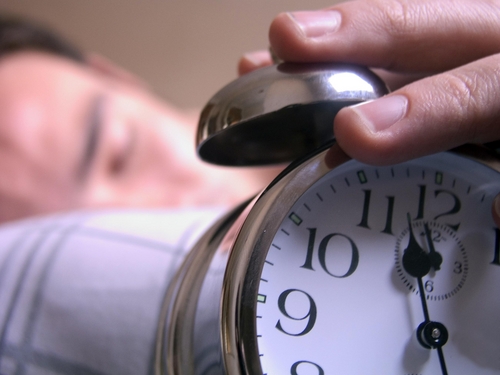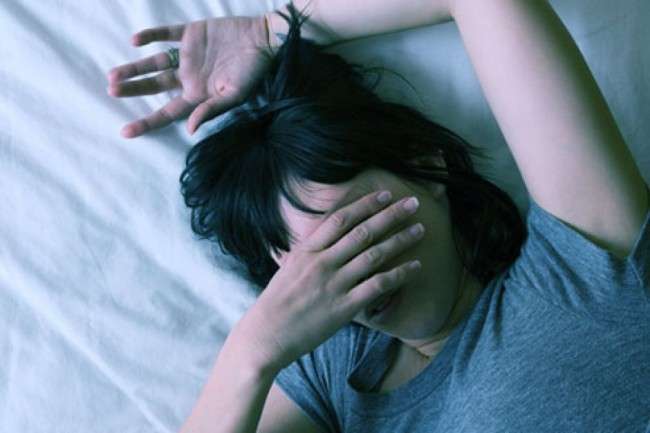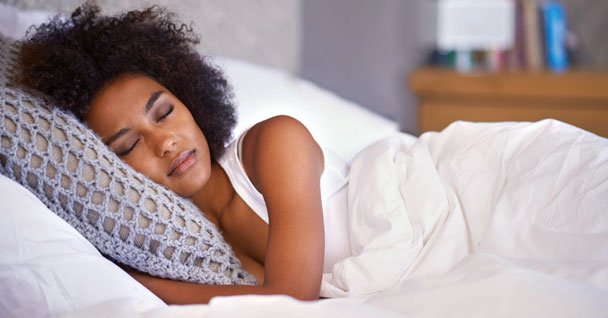Four Major Sleep Disorders: Symptoms and Treatment

Here is all you need to know about the Major Sleep Disorders
There are a lot of people who face disturbed sleeping patterns. It can be a disorder that might be dangerous for you. Do you have trouble getting or staying asleep? Do you wake in the middle of the night unable to return to sleep? If this is a case, then you might be a patient of sleeping disorder. Do you know what around 80 million Americans suffer from a sleep disorder? And while there are over 70 recognized sleep disorders, some are much more prevalent than others. Here are the symptoms and treatment of four Major Sleep Disorder around the world.

Related : Answer To Wake Sleep Disorders
Here, we are going to discuss about four common types of sleeping disorder that are really ruining your good sleep.
1. Insomnia
After hearing this word most of you think Alia Bhatt of Shaandaar. Isn’t it? Well, actress greatly played the character of an insomniac woman in the film. Insomnia is by far the most common sleep disorder with approximately half of all people having experienced symptoms occasionally, and about 10% of Americans reporting suffering from chronic insomnia. Insomniacs face problems in taking a good sleep.
1. Difficulty going to sleep at night
2. Waking often in the middle of the night with trouble returning to sleep
3. Waking earlier in the morning that planned or desired
Well, there are few other symptoms of Insomnia that you can easily observe:
1 Feeling as if sleep was unrefreshing (non-restorative).
2. General lack of energy.
3. Low concentration level
Once you are diagnosed with Insomnia then don’t take even a minute and seek the help of a psychologist or a psychiatrist.

Related : Polycystic Ovarian Syndrome May Lead To Binge Eating Disorder
2. Sleep Apnea
Second and most common sleeping disorder is Sleep Apnea. Obstructive sleep apnea (OSA) is the second most prevalent sleep disorder affecting roughly 20 million Americans. According to reports up to 80% of people with OSA may not even realize it. Well, insomnia is the most common sleep disorder obstructive sleep apnea is the disorder most sleep clinics diagnose and treat.
Obstructive sleep apnea occurs when a person’s breathing stops for several seconds during the night due to blockage in the upper respiratory system. As one sleeps, soft tissues in the throat relax and collapse into the airway blocking oxygen from getting to the lungs.
Partial blockage often results in snoring, and full blockage results in a cessation of breathing followed by gasping or choking sounds as breathing resumes. As a response to not breathing, the brain partially awakens from sleep to force respiratory effort to breathe harder and get past the blockage. The respiratory effort required during sleep to continue breathing and functioning puts a strain on the heart and can lead to all kinds of cardiological problems down the road including heart attack, heart failure, heart arrhythmia, and more.
Treatments are available for this disorder as well. Experts from the site https://www.dentavacation.com/ambien/ found that short periods of Ambien reception do not require gradual withdrawal of the drug. If there is a case of a prolonged reception, the withdrawal of the drug should be carried out gradually (to reduce the risk of developing ricochet insomnia).
3. Restless Leg Syndrome
Another common sleeping disorder is Restless Leg Syndrome. Approximately 10% of adults and 2% of children suffer from restless leg syndrome (RLS) to varying degrees. Well, RLS is a neurological disorder characterized by a persistent, sometimes overwhelming need to move one’s legs (and occasionally other body parts), usually while resting.
Sensations in the legs are often described as creeping, pulling, aching, itching, burning, and throbbing and the only relief is temporary movement or massaging of the legs. We include this in sleeping disorder because the constant need to move one’s legs during rest can have a severe impact on the ability to get to, and maintain sleep.

Related :Lesbian, Gay, Bisexuals Are More Prone To Mood Disorders
4. Narcolepsy
Last and other common type of sleeping disorder is Narcolepsy. Narcolepsy is another neurological disorder characterized by the brain’s inability to control its sleep/wakefulness cycle.
People with narcolepsy suffer from chronic daytime sleepiness and episodes in which they fall asleep unexpectedly during the day.
These “sleep attacks” can occur at any time, during any activity. Sleep attacks are not limited to periods of dull or low engagement activities, but can happen during school or work hours, in the middle of a conversation, while eating, while exercising.
Have a news story, an interesting write-up or simply a suggestion? Write to us at






